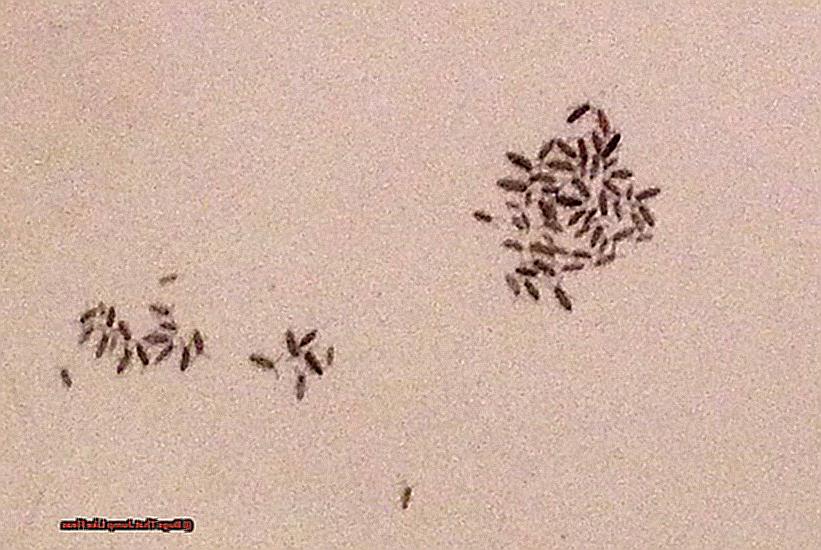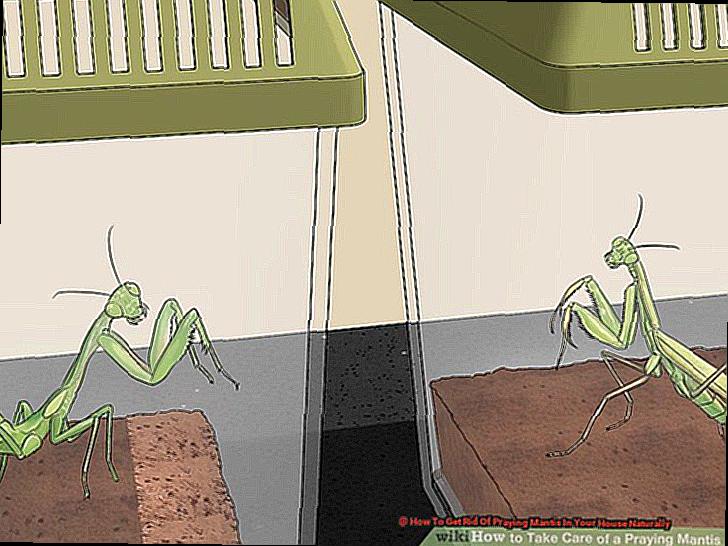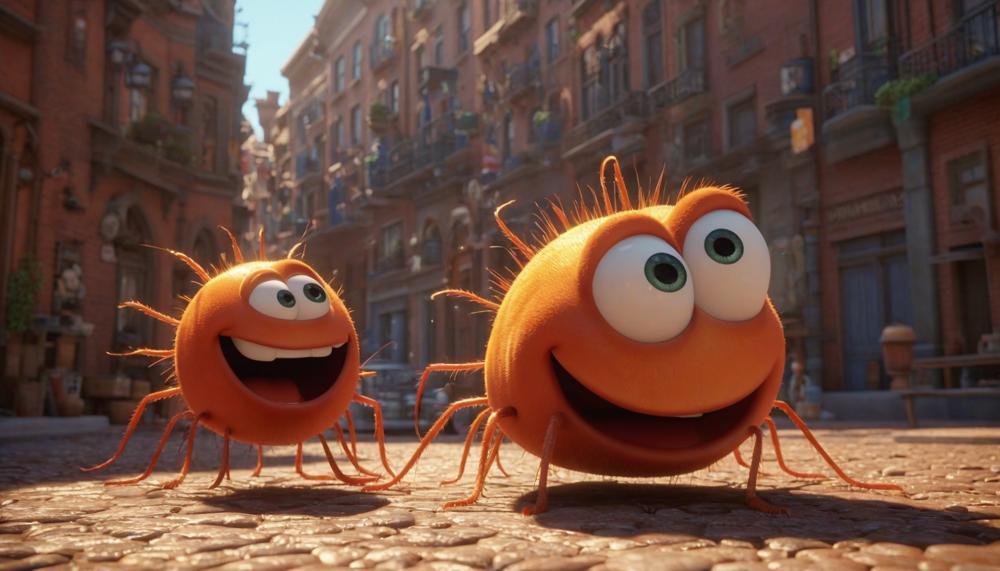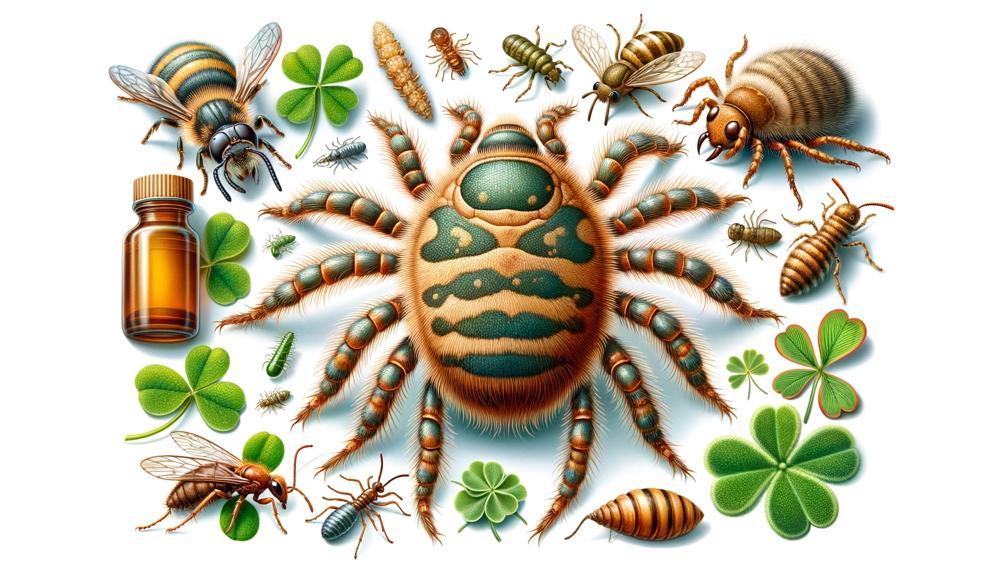As we bask in the warm sunshine and frolic in the great outdoors, we may not realize that we’re not the only ones enjoying the change of season.
Along with the chirping birds and buzzing bees, there’s another tiny creature that often goes unnoticed but can cause quite a commotion – jumping bugs. And while there are various types of these agile critters, one particular species seems to be on everyone’s mind: fleas.
These minuscule pests have been around for millions of years and have evolved into expert jumpers, making them a formidable adversary. But how much do we really know about these leaping insects?
So let’s hop right in.
Table of Contents
What Do Fleas Look Like?
These minuscule, wingless creatures are notorious for their exceptional leaping abilities, rendering them elusive and challenging to eradicate. But have you ever pondered the physical attributes that enable fleas to leap with such impressive dexterity? In this informative article, we will delve into the distinct characteristics of fleas that make them masters of jumping.
Above all, fleas possess elongated hind legs that are deliberately designed for jumping. These legs are adorned with diminutive hairs known as setae that act as anchors when the flea propels itself off the ground. This grants them added stability and precision during their jumps, allowing them to soar great heights and distances with each bound.
But that’s not all – fleas also possess a unique joint in their hind legs called the coxa-trochanteral joint. This functions as a spring mechanism, storing energy and releasing it when the flea leaps, propelling them upwards and forward with tremendous force. Think of it as a miniature trampoline within their legs.
In addition to their specialized leg structures, fleas also possess a durable outer casing known as an exoskeleton. This is composed of chitin, a tough and pliable material that enables fleas to withstand the impact of their jumps without sustaining any injuries. The exoskeleton also contains minute ridges and grooves that offer fleas added stability upon landing after a jump.
But what sets fleas apart from other insects with comparable jumping capabilities? It all boils down to their astounding strength. Despite their diminutive size, fleas possess immensely powerful leg muscles that allow them to generate tremendous force in a brief period. This enables them to leap up to 150 times their own body length, which is equivalent to a human jumping over the length of an entire football field.
Furthermore, fleas have evolved to possess an exceptionally streamlined body shape.
Bugs That Look Like Fleas
Fleas, pesky creatures that invade our homes and cause annoyance and vexation for homeowners. These tiny, dusky insects are renowned for their impressive leaping abilities, making them tricky to capture and eliminate. However, there exist other bugs that can be confused for fleas, each possessing unique characteristics and behaviors. In this piece, we will delve into 13 bugs that resemble fleas and provide detailed descriptions to aid in their identification.
Bed Bugs
Bed bugs, small ovoid insects that feed on blood. Their reddish-brown hue can range from 1mm to 7mm in size. Unlike fleas, bed bugs lack the ability to jump, but their adept crawling and knack for concealing themselves in crevices make them hard to detect. They are infamous for leaving behind itchy bite marks on the skin.
Ticks
Ticks, diminutive arachnids that come in shades of brown and black. With eight legs, they attach themselves to hosts like humans and animals to feed on their blood. While they cannot jump, they can crawl onto their victims from grass or plants. Ticks can also transmit diseases such as Lyme disease, underscoring the need for swift identification and removal.
Baby Crickets
Baby crickets or cricket nymphs are wingless, miniature insects that bear a resemblance to fleas in appearance. With six legs and lengthy antennae, they lack the flattened body shape of fleas. Additionally, crickets are not as agile leapers as fleas.
Baby Cockroaches / Cockroach Nymphs
Cockroach nymphs represent the juvenile stage of cockroaches and can be mistaken for fleas due to their small stature and dark coloration. However, unlike fleas, cockroach nymphs possess a flatter body shape and are incapable of jumping.
Conclusion
In conclusion, as we bask in the warmth of the sun and engage in outdoor activities, it’s crucial to bear in mind that we coexist with a diverse range of creatures, including fleas – those pesky bugs that have a knack for jumping. These minuscule nuisances have been around for millions of years and have evolved into expert leapers, making them a formidable opponent.
But what sets fleas apart from other insects like bed bugs or ticks? Their elongated hind legs, specialized leg structures, and powerful muscles all contribute to their impressive jumping abilities. While they may look similar at first glance, each species has unique characteristics that distinguish them from one another.
Being able to differentiate between these bugs is essential as some can pose health risks or cause disturbance in our homes. By understanding the physical attributes and behaviors of these 13 flea-like bugs, we can better identify and address any potential infestations.
So next time you spot a tiny bug bouncing around, keep in mind that it could be a flea or one of its doppelgangers.





